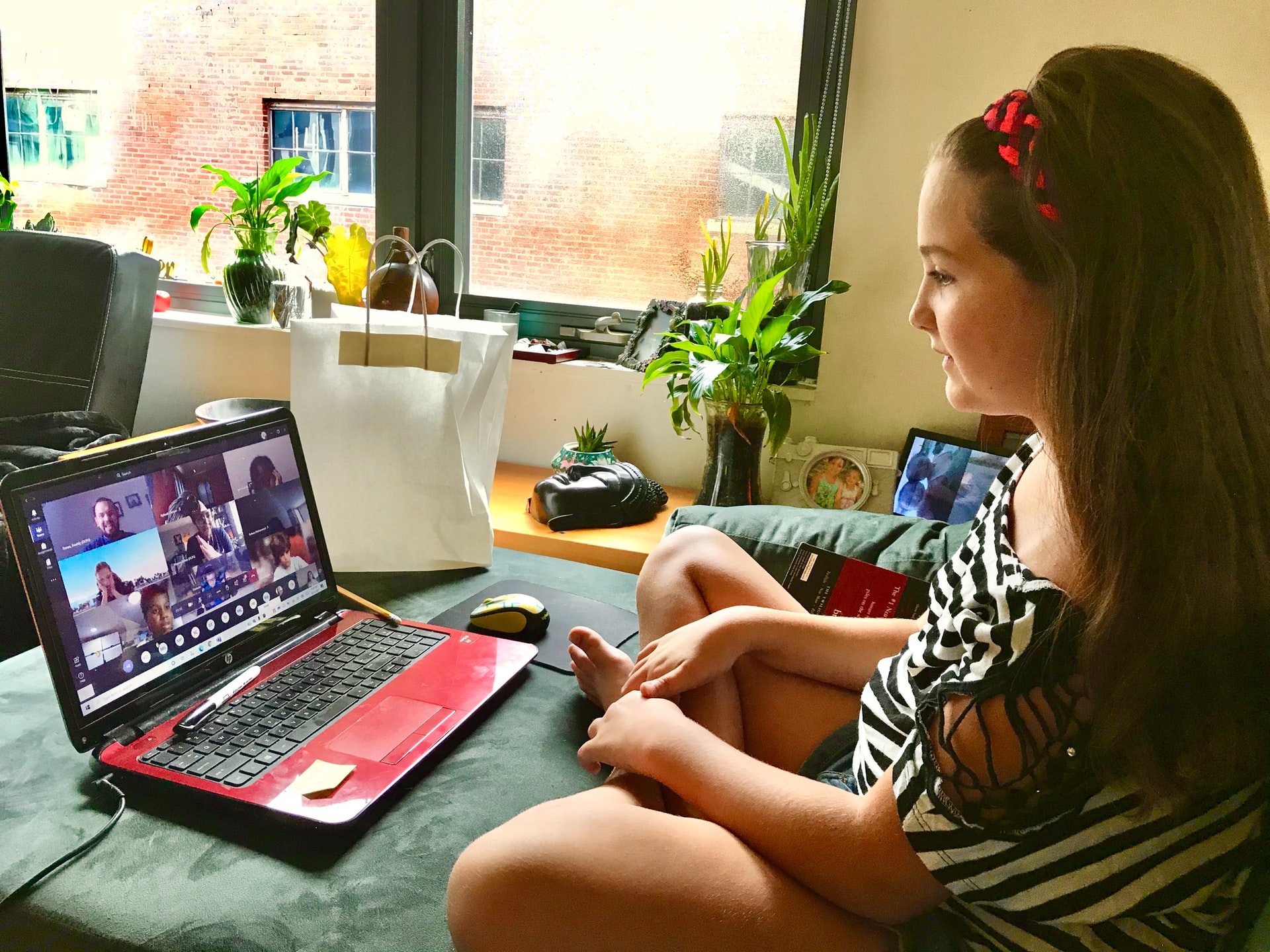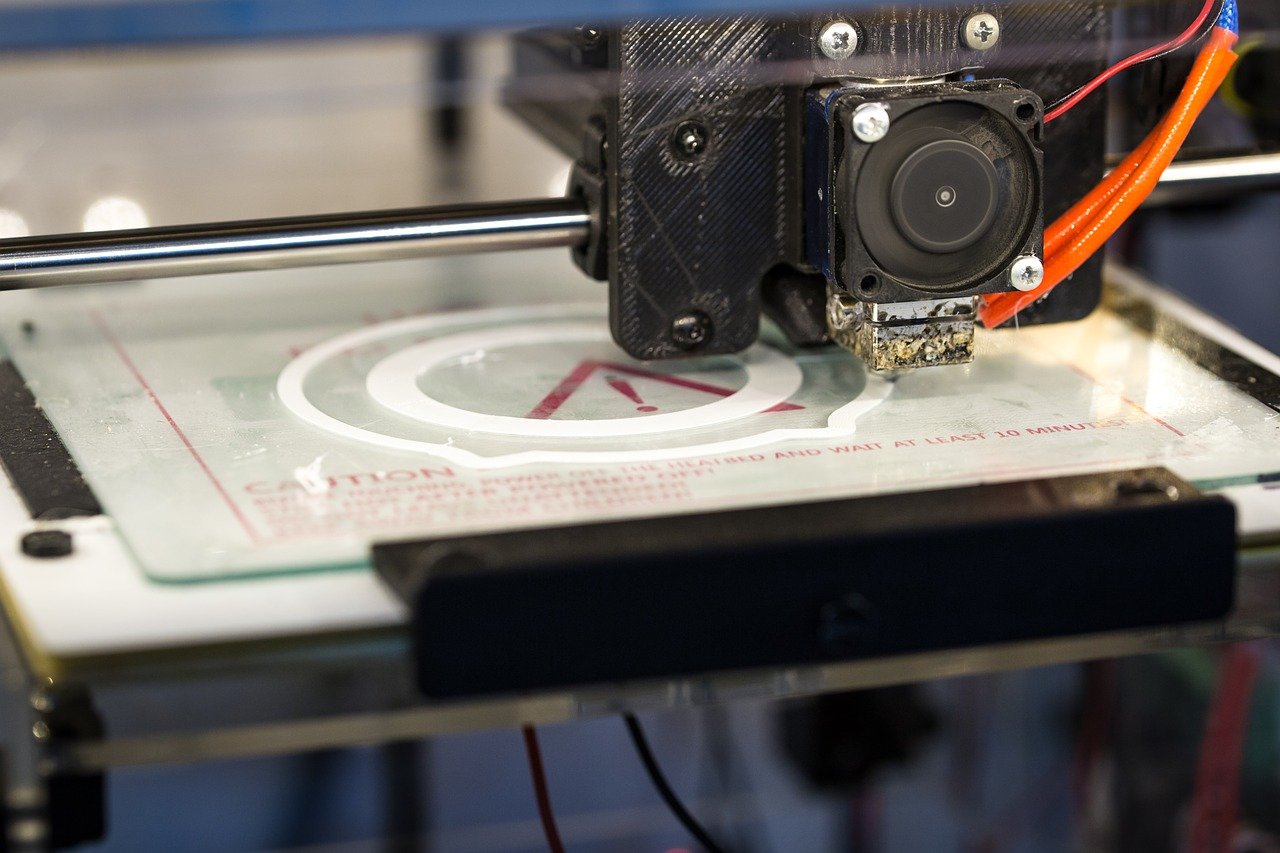RobotLAB Blog
Everything You Need To Know About Robotics in Businesses
Benefits Of Virtual And Augmented Reality For Pre School Education
By Eric Brown

Photo by Patrick Schneider on Unsplash
The new technology has brought a lot of developments in the world. One of the developments is the use of virtual reality and augmented reality. Virtual reality is a computer-generated environment with scenes that makes users feel immersed in that surrounding. One of the perfect examples of Virtual reality is video games. Virtual video games have made CSGO betting for example, even more, popular and fun.
Physical learning is an effective way for young children to get knowledge. However, technology also plays a significant role in the development of young children. Virtual reality can alter behaviors, patterns, attitudes, and thoughts.
Virtual reality prepares children for a world that will be dominated by robots and AI. They will have the required experience to handle the technology that will come their way. Moreover, virtual reality also plays a role in enhancing the lives of children with special needs. It helps them gain the experience they need to know how to operate robots and other technology tools.
- 0 Comments
- Apr 21, 2021 10:00:00 AM
- Posted by Natalia Galvis
- Topics: Math, Math Book, EdTech, STEM, Curriculum, teachers, students, Technology, VR, Realidad Virtual, AR, Edchat, Gendergap, Digital Technology, Augmented Reality, teaching, online, Virtual Reality, virtual learning, lessons
Top Distance Learning Trends: Which Technologies are The Most Popular?
By Karl Murphy
 Photo by Maria Thalassinou on Unsplash
Photo by Maria Thalassinou on Unsplash
Online education is the no hao of the XXI century. Covid-19 has increased the popularity of online learning and teaching. How can teachers and educators overcome the changes using the modern learning trends?
- 0 Comments
- Apr 20, 2021 10:00:00 AM
- Posted by Natalia Galvis
- Topics: Math, Math Book, EdTech, STEM, Curriculum, teachers, students, Technology, VR, Realidad Virtual, AR, Edchat, Gendergap, Digital Technology, Augmented Reality, teaching, online, Virtual Reality, virtual learning, lessons
The cybersecurity lab by RobotLAB at Northeast Guilford High School
Hello everyone, my name is Elad Inbar, CEO of RobotLAB. Today I'd like to invite you to the cybersecurity Lab that we built for Guilford County school in North Carolina

- 0 Comments
- Feb 23, 2021 4:00:00 PM
- Posted by Natalia Galvis
- Topics: Math, Math Book, EdTech, STEM, Curriculum, teachers, students, Technology, Makerspace, VR, Realidad Virtual, AR, Edchat, Gendergap, Digital Technology, Augmented Reality, teaching, online, Virtual Reality, virtual learning, lessons
How Young Kids Learn with Robots.
By Xavier James
 Image source: https://unsplash.com/photos/rSdkzkfvqlY
Image source: https://unsplash.com/photos/rSdkzkfvqlY
Even though the technology is becoming increasingly important in the four walls of the classroom, students often tend to shy away from learning the basics. The apparent complexity of structures and the subject itself seems to overwhelm their learning instincts.
However, as responsible leads of today, it is our responsibility to convey the advanced technological knowledge to younger ones. But, of course, that wouldn't be possible until we realize the true impact of this knowledge upon kids.
For this very reason, this post aims to help you get acquainted with how exactly and what exactly young kids learn with robots. Let's get straight into it.
- 0 Comments
- Feb 23, 2021 10:00:00 AM
- Posted by Natalia Galvis
- Topics: Math, Math Book, EdTech, STEM, Curriculum, teachers, students, Technology, Makerspace, VR, Realidad Virtual, AR, Edchat, Gendergap, Digital Technology, Augmented Reality, teaching, online, Virtual Reality, virtual learning, lessons
The AI LAB by RobotLAB at Northeast Guilford High School
Hello everyone, my name is Elad Inbar, CEO of RobotLAB. Today I'd like to invite you to the AI lab that we built for Guilford County school in North Carolina

- 0 Comments
- Feb 22, 2021 4:00:00 PM
- Posted by Natalia Galvis
- Topics: Math, Math Book, EdTech, STEM, Curriculum, teachers, students, Technology, Makerspace, VR, Realidad Virtual, AR, Edchat, Gendergap, Digital Technology, Augmented Reality, teaching, online, Virtual Reality, virtual learning, lessons
3 Tips for Creating Math Word Problems That Boost Critical Thinking
By Braxton Hall
 Photo by Jeswin Thomas on Unsplash
Photo by Jeswin Thomas on Unsplash
Well-designed word problems give elementary students a tangible context for understanding math concepts.
- 0 Comments
- Feb 22, 2021 10:00:00 AM
- Posted by Natalia Galvis
- Topics: Math, Math Book, EdTech, STEM, Curriculum, teachers, students, Technology, Makerspace, VR, Realidad Virtual, AR, Edchat, Gendergap, Digital Technology, Augmented Reality, teaching, online, Virtual Reality, virtual learning, lessons
5 Ways to Give Students a Makerspace Experience at Home
By Megan Jacobs
 Image by Lutz Peter from Pixabay
Image by Lutz Peter from Pixabay
Hands-on projects that use inexpensive materials and focus on multiple iterations help make learning fun.
- 0 Comments
- Feb 19, 2021 10:00:00 AM
- Posted by Natalia Galvis
- Topics: Math, Math Book, EdTech, STEM, Curriculum, teachers, students, Technology, Makerspace, VR, Realidad Virtual, AR, Edchat, Gendergap, Digital Technology, Augmented Reality, teaching, online, Virtual Reality, virtual learning, lessons
Augmented Reality In Education: A Staggering Insight Into The Future
By Shawn Mack
 Photo source: https://unsplash.com/photos/CyX3ZAti5DA
Photo source: https://unsplash.com/photos/CyX3ZAti5DA
First off, let us get one thing very clear; what is augmented reality? Fundamentally, it is a futuristic technology, the roots of which date as far as back in the 1990s. It is a technology, which makes it possible to merge computer-generated graphics with the real environment on screen. The word augmented in the whole term pretty much justifies that.
- 0 Comments
- Feb 18, 2021 10:00:00 AM
- Posted by Natalia Galvis
- Topics: Math, Math Book, EdTech, STEM, Curriculum, teachers, students, Technology, VR, Realidad Virtual, AR, Edchat, Gendergap, Digital Technology, Augmented Reality, teaching, online, Virtual Reality, virtual learning, lessons
5 Tips to Maximize Your Productivity While Studying Online
By Ashley Lipman
Image source: https://unsplash.com/photos/RYyr-k3Ysqg
Since the start of the pandemic, we’ve been trying to make remote-learning work for all students. Some have been more successful than others, but overall, everyone struggles with the constraints of social distancing.
- 0 Comments
- Feb 17, 2021 10:00:00 AM
- Posted by Natalia Galvis
- Topics: Math, Math Book, EdTech, STEM, Curriculum, teachers, students, Technology, VR, Realidad Virtual, AR, Edchat, Gendergap, Digital Technology, Augmented Reality, teaching, online, Virtual Reality, virtual learning, lessons
How To Use Augmented Reality in Distance Learning
By Karl Murphy
 Image by FunkyFocus from Pixabay
Image by FunkyFocus from Pixabay
The world went virtual and embraced the concept of artificial intelligence (AI) and augmented reality (AR) a long time ago. However, the breakout of a global pandemic in 2020 had more people living and experiencing things virtually. Educators jumped on this bandwagon, looking towards augmented reality to create interactive lessons.
- 0 Comments
- Feb 16, 2021 10:00:00 AM
- Posted by Natalia Galvis
- Topics: Math, Math Book, EdTech, STEM, Curriculum, teachers, students, Technology, VR, Realidad Virtual, AR, Edchat, Gendergap, Digital Technology, Augmented Reality, teaching, online, Virtual Reality, virtual learning, lessons
Relevant Posts
- Augmented Reality: A Tool for Teaching Students Robot Programming
- Fostering Innovation Through Youth Education in STEM and EdTech
- How Parents Can Foster STEM Learning Beyond the Classroom
- How Robotics Cultivates a Deep Understanding of Mathematics in Students
- RobotLAB Receives EDTech Chronicle 2023 ‘BESTIE’ Award for Landmark Partnership with American Samoa Dept. of Education.
Subscribe to Email Updates
-
I Want To Learn MoreADDITIONAL INFORMATION
